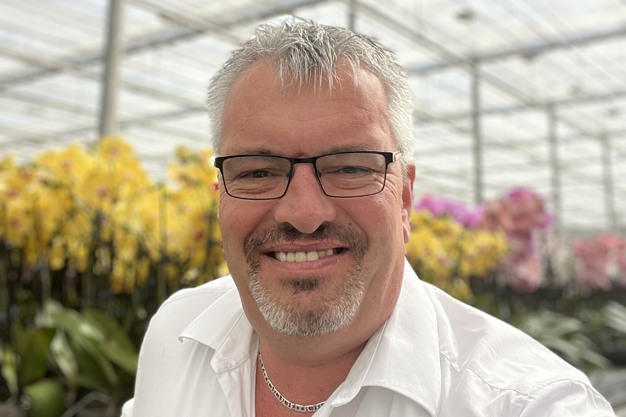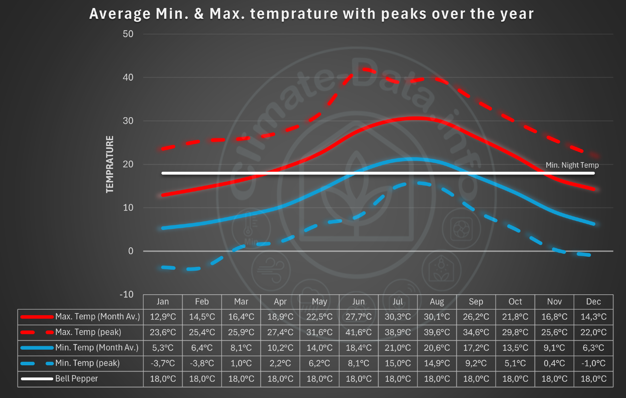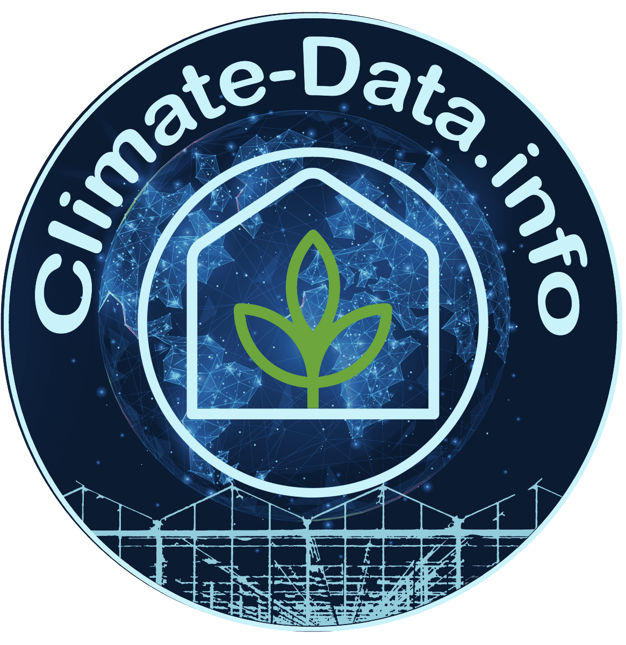You can replicate the ideal climate conditions in a greenhouse to achieve the best results. But then you need to know what the actual climate looks like. Feelings can be deceiving, but data doesn't lie. Johan van Erven, who has been active in the screening world for many years, noticed that reliable climate data was often lacking in advising on greenhouse construction and cultivation strategy. With his new company JvE Advice, he is changing that. Through the service Climate-Data.info, he offers global climate data at GPS level, with a ten-year retrospective.
"Of course, I've been in the screening business for a while," says Johan. "When advising, I always encounter the problem that it's not possible to find good, reliable data about the climate where the crop is located. I started to delve into that."
Johan van Erven
Climate data at GPS level
With Climate-Data.info, Johan retrieves a comprehensive climate profile for any desired location worldwide, based on a decade of weather data. "Investors, greenhouse builders, and screen installers can base their advice on that," Johan explains. "If there is too little light, a lamp supplier will offer their lamps. If there's too much light, the screen installer knows what to do."
The data is widely applicable and sometimes provides surprising insights. "A grower who has been in a certain region all his life, you can't tell him anything new. But I was involved in a project in Texas, for example. Everyone thought: 'It's really warm, just a sunshade is enough.' But based on the data, we concluded that energy definitely needed and could be saved."
From data to greenhouse strategy
The strength of Climate-Data.info lies in the translation: from raw data to practical application in the greenhouse. The reports provide insights into solar radiation (DLI, PAR light), temperature, humidity, cloudiness, wind speed, and wind direction — important for the orientation of a greenhouse.
"You can, for example, see how many clear days you have in June at a certain location. If you have many sunny days, a diffuse greenhouse cover is attractive. With a lot of cloudiness, you don't choose that."
Additionally, humidity plays a major role. "For tomatoes, the optimal humidity is between 60 and 70 percent. If you're well below that, you need a misting system. If you're consistently above that, you look at dehumidification systems."

120 crops, hundreds of parameters
Johan doesn't stop at bare figures. He developed an extensive database with climate data linked to the ideal growing conditions of 120 common greenhouse crops. For each crop, it includes the optimal day and night temperature, humidity, light intensity, and CO₂ level. Think of tomatoes, peppers, lettuce, basil, chrysanthemum, or cannabis — for each crop, a climate profile is available.
"If someone says: 'I want to grow tomatoes at location X,' I generate a Climate-data report with graphs of the climate data of that place, alongside the ideal parameters for tomatoes. The customer can then see at a glance if that fits."
For more information:
Johan van Erven
JvE Advice
Tel.: +31 6 5335 2477
[email protected]
www.climate-data.info
